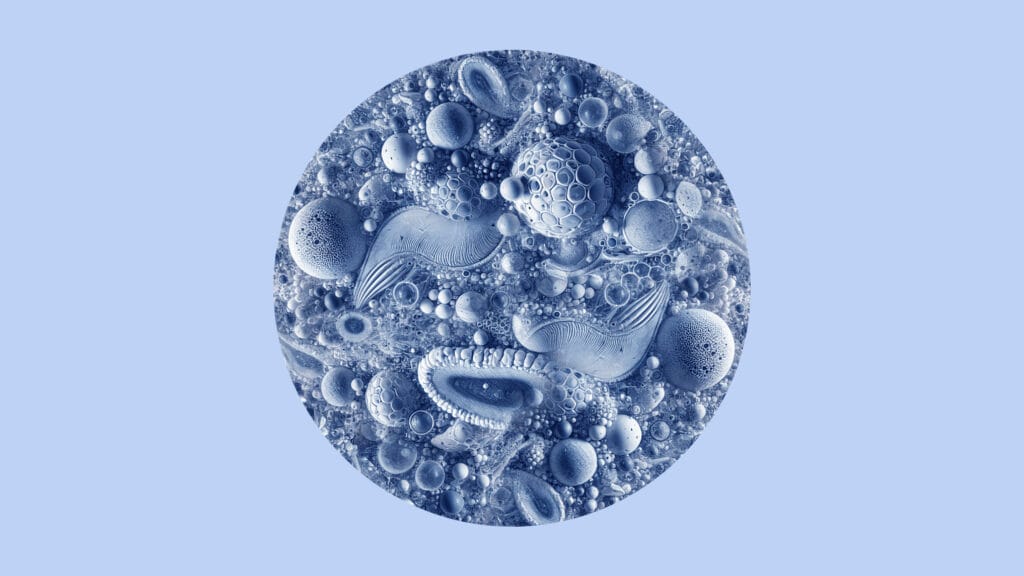Lipids have a wide range of crucial roles for insects such as meeting the energy needs for insect growth and development, starvation and diapause, flight and migration; as well as the nutrition of the embryo in reproductive physiology. The fat body is the coordination center of insect lipid metabolism and orthologous to mammalian liver, white adipose tissue and immune system. The Fat body stores the lipid necessary for long term energy supply during the winter when insects do not feed. This period is considered as ‘diapause’, a stage when insects enter into a static state to over-winter or survive adverse conditions. In this regard, we focus on several different models that have mandatory or facultative hibernation. The former one include the sunnpest, Eurygaster maura and the wheat stink bug, Aelia rostra; while the latter include the Colorado potato beetle. We use transcriptomics, proteomics and functional genomics to detect the primary actors of lipid metabolism and their particular roles.
Another particular interest in our group is the interaction between lipid metabolism and calcium homeostasis. The endoplasmic reticulum is a key cellular organelle coordinating lipid biosynthesis. ER is also the main site of Ca2+ storage in the cell. Ca2+ in the ER is essential for chaperone-mediated protein folding and secretion, as well as for the function of metabolic enzymes. Our focus under this topic is the basic genes of calcium homestasis such as SERCA, which pumps Ca2+ from the cytosol into the ER lumen, and the IP3 receptor (IP3R), which release Ca2+ from the ER into the cytosol. In addition to SERCA and IP3Rs, we are also examining the role of the STIM-Orai complex in insect lipid metabolism.

